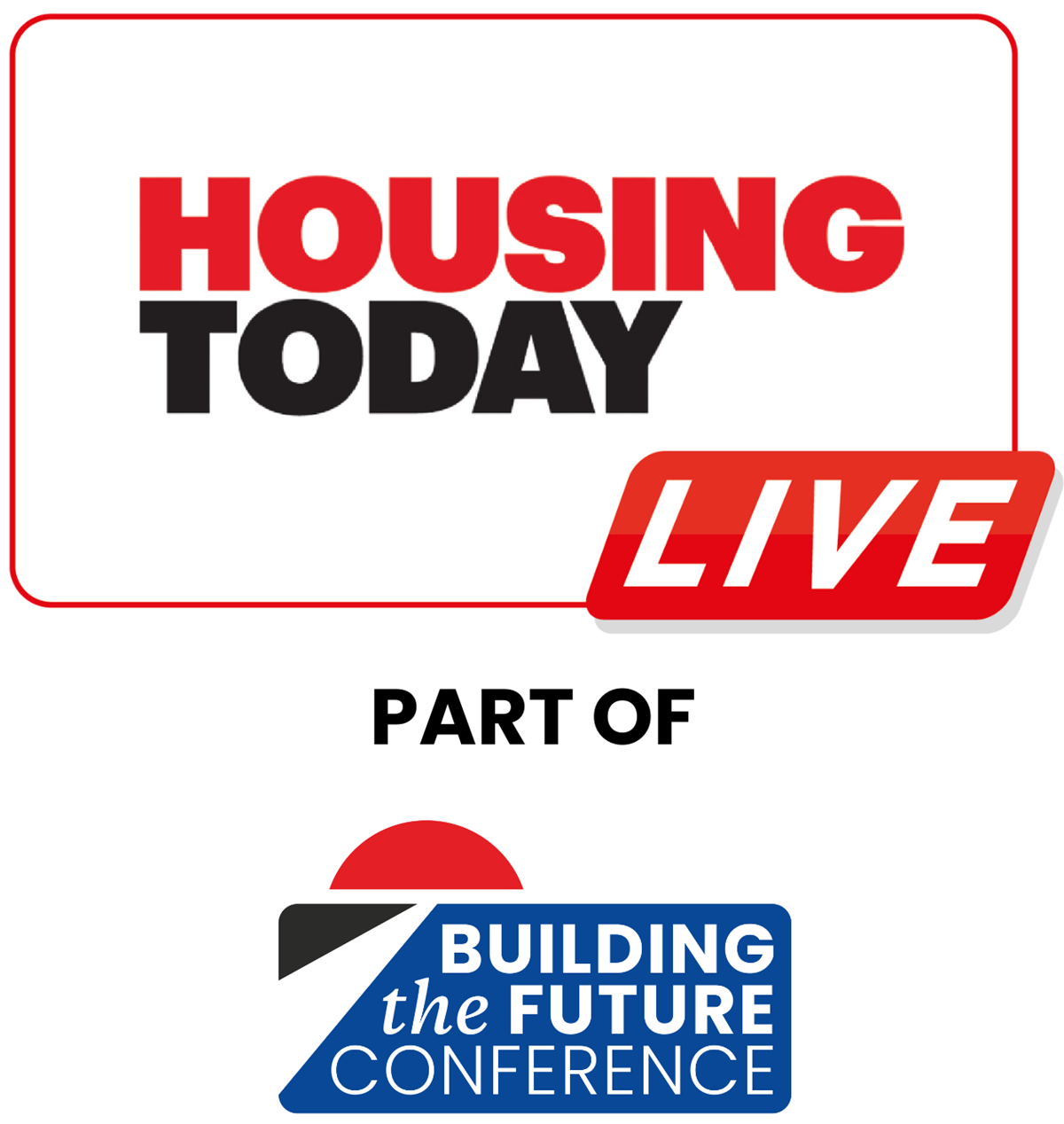Repair and maintenance spend up 13%, says RSH quarterly survey
Registered providers are spending less money on building and buying new social homes, according to latest figures from the Regulator of Social Housing (RSH).
The regulator’s latest quarterly survey of private registered providers’ financial health, published this morning, revealed that providers spent £13.6bn in the 12 months to March 2025. This compares to £14.4bn in the same period the year prior.

The report, which brought in new data for the period 1 January to 31 March 2025, is based on financial regulatory returns from 200 registered providers who own or manage more than 1,000 homes.
Will Perry, director of strategy at RSH, said: “Landlords are continuing to build new homes for the future, although spend was lower this quarter as landlords invest record amounts on existing homes.
“These major investments to improve fire safety, damp and mould as well as other issues are vital for keeping tenants safe in their homes.
“Landlords continue to make trade-offs in response to financial pressures but investor confidence remains strong and we will continue to support this through our regulation, including these surveys, as well as our inspections and stability check programme.”
Investment in existing stock over 12 months totalled £9bn, a 13% increase on the previous year, while the forecast spend for the next year also increased to a record £9.9bn.
Over the next year, providers plan to spend a further £14.8bn on development, of which £10.7bn is committed.
>> See also: Housing association development spend 28% below forecast
Around £4.3bn of new finance for the sector was arranged in the quarter, the second highest level in almost five years, while available liquidity increased to the highest level in two years.
The RSH said the level of cash and undrawn facilities would be sufficient to cover the sector’s forecast expenditure on net interest costs (£4.6bn), loan repayments (£3.5bn) and net development for the next year (£12.6bn), even without new debt facilities or additional sales income.
The level of aggregate cash interest cover, excluding sales, stood at 82% for the 12 months to March 2025, which was consistent with the regulator’s previous report.











No comments yet